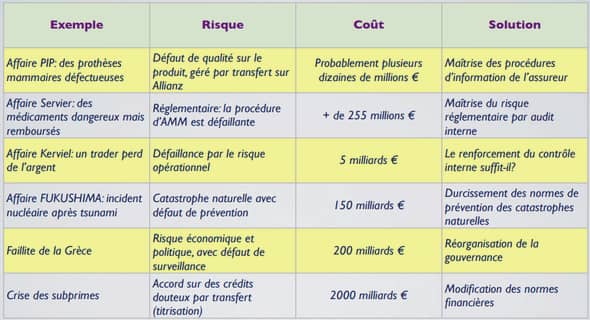Cost benefit analysis guidance for local partnerships
Local authorities and other public sector agencies across Greater Manchester (GM). It is designed to simplify and to lower the cost of performing CBA in the context of local programmes to improve public services where analytical and research resources may be relatively limited. Partnerships across Greater Manchester and in other areas of the UK are using the model in order to appraise and evaluate interventions, and support decision- making on investment approaches across public, private and third sector agencies. 1.2 In the spirit of open policy making this guide has been co-designed by analysts from a number of central government departments including HM Treasury (HMT), Department of Work and Pensions (DWP), Department for Business, Innovation and Skills (BIS), Department of Health (DH), Department for Communities and Local Government (DCLG), Department for Education (DfE), Ministry of Justice (MoJ), Home Office (HO) and the Cabinet Office (CO). These departments form the Technical Advisory Group for the CBA methodology, along with local partners from the Whole Place Community Budget pilots and New Economy. and will be updated further as better evidence, costs and methodologies are developed. It is intended to support local areas and central government to develop, appraise and evaluate changes to the provision of public services.
The primary audience for this document is CBA practitioners. By reading it, they will gain a clear understanding of the technical approaches developed by New Economy to demonstrate the cost-effectiveness of public policy interventions. CBA experts will note the commonalities between the approach set out here and the methods recommended by official guidance notes. They will also understand the primary and secondary data and evidence that has been reviewed, and used to translate outcomes into monetary values. 1.7 Policy makers and generalists will also have use for this document. First, the document provides an introduction to CBA for those who have not previously encountered the methodology. Second, it will give an understanding of the requirements of undertaking CBA and the outputs from the modelling and how to interpret them. 2.2 It can be used to support the development of local area public sector business cases where analytical resources are relatively limited while aligning with HM Treasury’s Green Book guidance on the five case model.2.3 The outputs of the analysis estimate the overall public value created by a project and the individual elements of public value including economic benefits to individuals and society; and wider social welfare/wellbeing benefits. It is also possible to estimate the financial or ‘fiscal’ impacts to government agencies and break these down across the agencies affected.
NDM outweigh the extra costs of implementation. It will also indicate when and to whom the future benefits fall, whether they are reactive cost savings to government agencies, or wider public value benefits to society as a whole. To ensure that the proposed NDM provides the best value for money choice a strategic consideration of alternative options should take place using the approach recommended in the HM Treasury Business Case Guidance – known as the options framework and options filter. Use of this simple approach enables non-technical stakeholders to contribute to the design and selection of an optimum shortlist of options on which CBA can be performed to select the most promising solution. Failure to follow this selection process may lead to sub-optimal options being pres2.9 This approach to CBA has been developed as a flexible methodology that can be used before, during and after project delivery. Before implementing a new or redesigned service, it is useful to start by building an ex-ante, appraisal model. This produces Net Present Values (NPV) and benefit-cost ratios (BCR) of individual projects based on: 2.13 Once a project has been implemented (or for continuing projects after a suitable length of time to allow for the project to become established and the expected improvements in outcomes to be realised), a full evaluation report should be produced, setting out total outputs and outcomes and total project costs. Based on this information the CBA model can be used as an ex-post evaluation tool, to produce data on engagement and impact rates and the fiscal and public value of achieving specific outcomes that can then inform future decisions. These decisions could include the continuation, scaling up or termination of a project. ented for CBA analysis.


